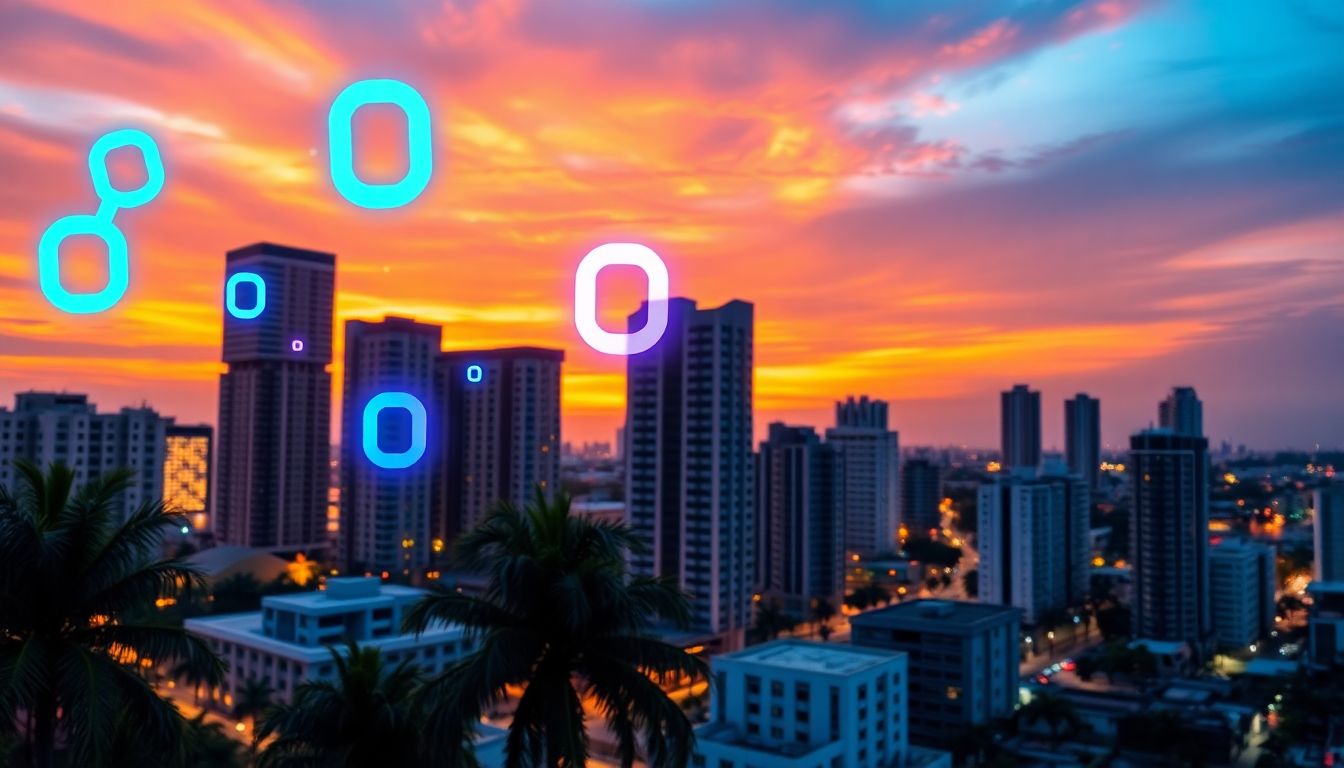Graphic Design vs. Web Design: Understanding the Differences

Graphic design and web design are two closely related yet distinct disciplines within the realm of visual communication. Understanding the nuances and differences between these fields is crucial for aspiring designers and professionals alike. In this article, we delve into the fundamental principles, tools, techniques, and career paths of graphic design and web design, aiming to provide clarity on their unique roles and contributions in the creative industry. By exploring the core aspects of each discipline, readers will gain valuable insights into how graphic design and web design intersect and diverge, ultimately equipping them with a deeper understanding of the dynamic design landscape.
Introduction to Graphic Design and Web Design
When it comes to creating visually appealing and functional digital experiences, two key players step into the ring: Graphic Design and Web Design. While both fields are related, they have distinct roles and purposes.
Defining Graphic Design
Graphic Design focuses on visual communication and creating artwork for various mediums, such as print, digital, and multimedia. It involves using typography, imagery, color, and layout to convey a message or evoke emotions in the audience.
Defining Web Design
Web Design, on the other hand, specifically deals with designing websites and online interfaces. It entails creating user-friendly layouts, responsive designs, and engaging digital experiences for users to interact with online.
Core Principles and Objectives of Graphic Design
In Graphic Design, the main goal is to communicate a message effectively through visual elements. This involves understanding the principles of design, such as composition, balance, contrast, and hierarchy.
Visual Communication in Graphic Design
Visual communication is at the heart of Graphic Design. It involves using images, shapes, and colors to convey information and create a visual language that resonates with the target audience.
Understanding Typography and Layout
Typography plays a crucial role in Graphic Design, as it involves selecting fonts, sizes, and spacing to enhance readability and communicate the tone of the message. Layout, on the other hand, focuses on organizing elements on a page to create a harmonious composition.
Core Principles and Objectives of Web Design
Web Design revolves around creating user-centric digital experiences that are visually appealing, easy to navigate, and accessible across various devices.
User Experience (UX) Design in Web Design
User Experience Design is a key aspect of Web Design, ensuring that websites are intuitive, easy to use, and provide a seamless journey for visitors. It involves understanding user behaviors, preferences, and interactions to enhance the overall experience.
Responsive Design and Cross-Browser Compatibility
With the proliferation of devices and screen sizes, Responsive Design has become essential in Web Design. It ensures that websites adapt and display correctly on different devices, maintaining functionality and aesthetics. Cross-Browser Compatibility ensures that websites function consistently across various web browsers.
Tools and Techniques in Graphic Design
Graphic Designers rely on a variety of tools and software to bring their creative visions to life, whether for print or digital projects.
Adobe Creative Suite Overview
The Adobe Creative Suite, including software such as Photoshop, Illustrator, and InDesign, is a staple for Graphic Designers. These tools allow designers to create and manipulate images, illustrations, and layouts with precision and creativity.
Print Design vs. Digital Design Tools
While traditional print design tools like Adobe InDesign are still essential for creating brochures, posters, and other physical materials, digital design tools like Sketch and Figma have become increasingly popular for web and app design. Designers must adapt and be proficient in a variety of tools to stay competitive in the dynamic design industry.
Tools and Techniques in Web Design
When it comes to web design, understanding web development basics is crucial. From HTML and CSS to JavaScript, a solid foundation in coding is essential. Additionally, prototyping and wireframing tools like Adobe XD, Sketch, or Figma help designers create interactive layouts and mockups for websites.
Key Differences in Design Process and Deliverables
Graphic design often involves numerous design iterations to perfect visual elements like logos or branding materials. On the other hand, web design focuses on testing and optimization to ensure websites are user-friendly and functional across different devices and browsers.
Career Paths and Opportunities in Graphic Design and Web Design
In the world of design, freelancing offers flexibility and independence, while in-house positions provide stability and collaborative opportunities. Specializations within graphic design can range from branding to illustration, while web designers may focus on UX/UI design or front-end development.
Conclusion: Navigating the Distinctions for Successful Design Practices
Understanding the nuances between graphic design and web design is key to excelling in both fields. By embracing the unique tools, processes, and career paths each discipline offers, designers can navigate these distinctions for successful and fulfilling design practices. Remember, whether you’re a pixel-perfect graphic designer or a code-savvy web designer, there’s a place for your creativity and skills in the ever-evolving world of design.In conclusion, the journey through the realms of graphic design and web design has illuminated the diverse skill sets, methodologies, and opportunities that define these dynamic fields. By recognizing the distinctions and synergies between graphic design and web design, designers can navigate their career paths with greater insight and adaptability. Whether pursuing a career in visual branding, user experience design, or digital marketing, understanding the unique characteristics of graphic design and web design is essential for achieving success in the ever-evolving world of design. Embrace the differences, leverage the strengths, and continue to innovate in your design practice to make a meaningful impact in the creative industry.
FAQ
1. What are the main differences between graphic design and web design?
2. Can a designer specialize in both graphic design and web design?
3. What software tools are commonly used in graphic design and web design?
4. How can understanding the distinctions between graphic design and web design benefit a designer’s career?

AdHang.com is a No.1 agency for digital marketing in Nigeria and the first internet public enlightenment agency in Africa. AdHang has all that are needed to achieve your digital marketing objectives and goals. From strategic digital marketing, a tactical approach to employing advanced digital marketing tools and technologies, using seasoned marketers with decades of marketing communications experience.










